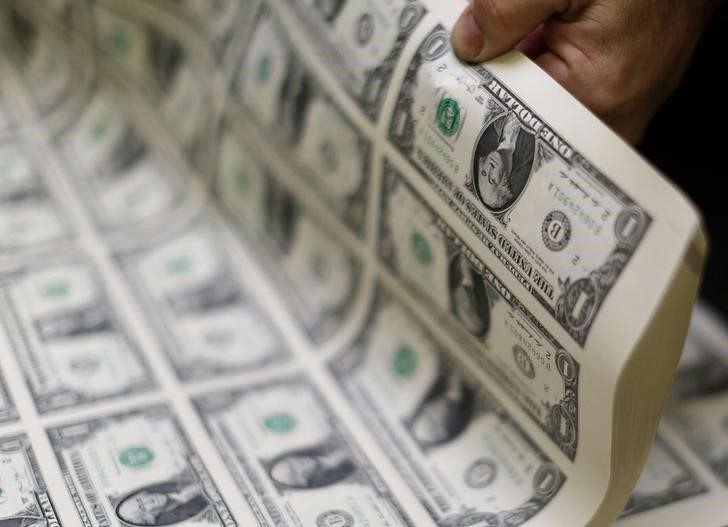Investing.com - The dollar was steady against the other major currencies on Monday after data showing that growth in China’s economy slowed in the third quarter as expectations for higher U.S. interest rates continued to underpin dollar demand.
The U.S. dollar index, which measures the greenback’s strength against a trade-weighted basket of six major currencies, was firm at 94.73, having recovered from last Wednesday’s seven-week lows.
Data on Monday showed that China’s economy grew by an annualized 6.9% in the three months to September, slightly better that forecasts for growth of 6.8%, but down from 7% in the second quarter.
The data indicated that the world’s second largest economy is not headed for a hard landing, but still underlined concerns over the economic outlook.
EUR/USD was last at 1.1351 after ending Friday’s session lower amid concerns that the European Central Bank could scale up its quantitative easing program at its upcoming meeting on Thursday.
Data on Friday confirmed that the rate of inflation in the euro area turned negative in September for the first time since the ECB launched its trillion euro asset purchase program in March.
The greenback remained supported after data last week showing that core inflation in the U.S. rose more than expected in September indicated that consumer prices are set to rise.
The inflation reports underlined the diverging monetary policy stance between the Federal Reserve and central banks in the euro area and Japan.
USD/JPY eased 0.10% to 119.31, off overnight highs of 11958.
The Australian dollar gained ground following the Chinese data, with AUD/USD rising 0.48% to 0.7300.
The New Zealand dollar was steady, with NZD/USD at 0.6806.
The Aussie and the kiwi are sensitive to economic reports out of China, a key export market.
